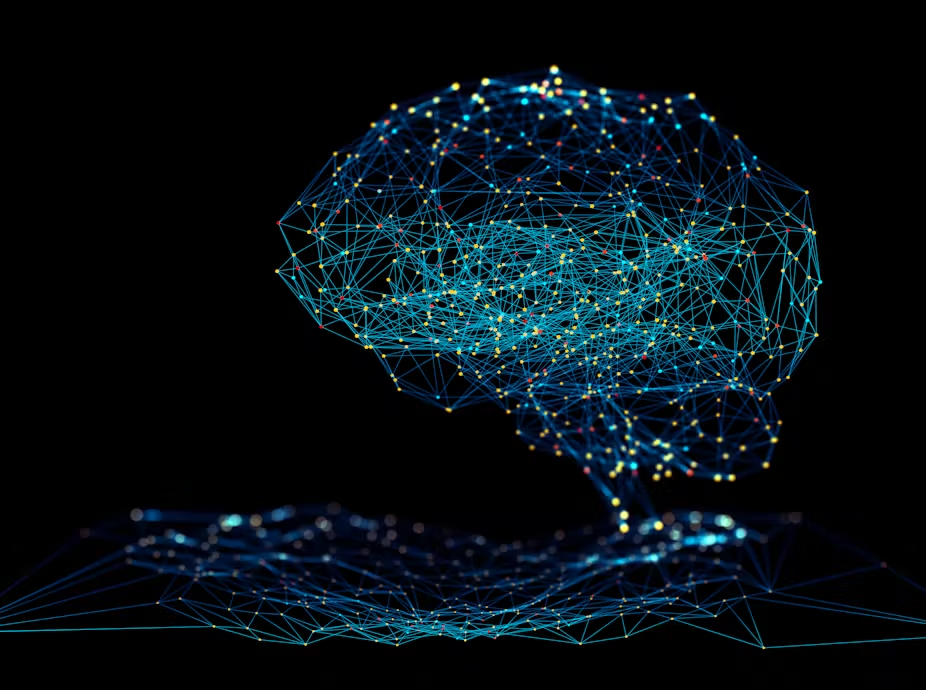Implementing a Graph Neural Network for Imbalanced Event Prediction

Overview
In the landscape of machine learning, the ability to predict critical events within datasets is not just advantageous—it's transformative. In this project, I delve into the implementation of a sophisticated model that combines a Graph Neural Network-based Imbalanced Node Classification Model (GNN-INCM) with a Hard Sample-based Knowledge Distillation Method (HSKDM). Tailored for event data classification, this model excels in handling imbalanced class distributions by converting traditional tabular data into a graph structure, thus harnessing the relational nuances inherent in the data.
To explore the complete methodology and delve into the detailed code implementation, please visit the accompanying Python script.
1. Transforming Tabular Data into a Graph Structure
The cornerstone of this approach lies in reimagining how data is represented:
- Feature Extraction: Each record becomes a node in the graph, with its attributes serving as node features. This encapsulates the intrinsic properties of each data point.
- Graph Construction: Employing a k-Nearest Neighbors (k-NN) algorithm based on feature similarity to build the graph:
- For every record, identifying the k most similar records.
- Establishing edges between a record and its k nearest neighbors, constructing the relational framework.
- Setting the parameter k to 100 to balance computational efficiency and the richness of relational information.
This transformation allows the application of Graph Neural Networks (GNNs) to data that isn't inherently graph-structured, leveraging the assumption that similar records are likely to share the same class.
2. Building the Model Components
The model comprises several critical components:
- GNNLayer: A flexible layer supporting multiple architectures, including GCN, GraphSAGE, GAT, and GraphConv, enabling the capture of various relational patterns.
- GNNINCM: The core of the model, featuring multiple GNN layers, dropout for regularization, batch normalization for training stability, and fully connected layers for classification.
- FocalLoss: A custom loss function designed to address class imbalance by focusing on hard-to-classify samples.
- HSKDM Framework: An ensemble approach that enhances model performance through:
- Ensemble Training: Simultaneously training multiple GNNINCM models to capture diverse perspectives.
- Knowledge Distillation: Aggregating insights from the ensemble to improve generalization.
- Dynamic Learning Rate Adjustment: Using validation performance to fine-tune the learning rate.
- Early Stopping: Preventing overfitting by halting training when improvements plateau.
3. Data Preparation and Processing
Effective model training begins with meticulous data preparation:
- Data Balancing: Addressing class imbalance by combining SMOTE (to oversample the minority class) and Random Under-Sampling (to reduce the majority class), resulting in a balanced training dataset.
- Feature Scaling: Standardizing features using
StandardScalerensures that each feature contributes equally to the model training process. - Graph Creation: Constructing k-NN graphs for the training, validation, and testing sets embeds the relational structure necessary for GNNs.
4. Training the Model
The training process is comprehensive and methodical:
- Initialization: Setting up multiple instances of GNNINCM with specified hyperparameters.
- Optimization: Training with FocalLoss and gradient clipping to handle class imbalance and stabilize training.
- Validation: Continuously evaluating model performance on a validation set to guide learning rate adjustments and trigger early stopping.
- Checkpointing: Saving the best-performing models based on validation AUC to ensure optimal performance during evaluation.
5. Evaluating Model Performance
A suite of metrics is employed to thoroughly assess the model:
- AUC-ROC: Evaluates the model's ability to distinguish between classes across all thresholds.
- Recall and Precision: Provide insights into the model's performance on the minority class, which is critical in imbalanced datasets.
- F1 Score: Harmonizes precision and recall into a single metric.
- Balanced Accuracy: Accounts for class imbalance by averaging recall obtained on each class.
- Matthews Correlation Coefficient (MCC): Offers a balanced measure even if classes are of very different sizes.
6. Results and Insights
The ensemble of GNNINCM models demonstrates robust performance in predicting events within the dataset:
- High Discriminative Power: Achieved a notable AUC-ROC, indicating strong predictive capabilities.
- Effective Minority Class Prediction: High recall and precision scores reflect the model's proficiency in identifying critical events.
- Balanced Performance: Strong F1 scores and MCC values indicate balanced performance across both classes.
7. Adaptations and Enhancements
Several key adaptations were made to tailor the original methodology to this specific context:
- Graph Construction from Non-Graph Data: Adapting k-NN graph construction techniques to transform tabular data into a graph format suitable for GNNs.
- Optimized Ensemble Size: Increasing the ensemble to three models, finding a sweet spot between computational feasibility and performance gains.
- Domain-Specific Feature Engineering: Incorporating features that are particularly relevant to the event prediction task, enhancing model input quality.
- Scalability Considerations: Adjusting parameters like k to ensure the model scales efficiently with larger datasets.
- Expanded Evaluation Metrics: Including a broader set of metrics to capture different aspects of model performance, particularly in imbalanced scenarios.
- Customized Hyperparameter Tuning: Fine-tuning hyperparameters based on the characteristics of the dataset, rather than relying on defaults from the original paper.
8. Conclusion and Future Work
The integration of GNN-INCM with HSKDM presents a powerful approach for event prediction in datasets plagued by class imbalance. By transforming tabular data into a graph structure, the potential of GNNs is unlocked to capture complex relational patterns. The ensemble and knowledge distillation strategies further bolster the model's robustness and generalizability.
Possible Additional Improvements:
- Hyperparameter Optimization: Leveraging tools like Optuna for automated hyperparameter tuning could yield performance improvements.
- Feature Selection: Exploring feature importance to streamline the model and reduce computational load.
- Exploration of Other GNN Architectures: Testing additional GNN variants or hybrid models to further enhance performance.
Citation
Huang, Z., Tang, Y., & Chen, Y. (2022). A graph neural network-based node classification model on class-imbalanced graph data. Knowledge-Based Systems, 244, 108538. https://doi.org/10.1016/j.knosys.2022.108538